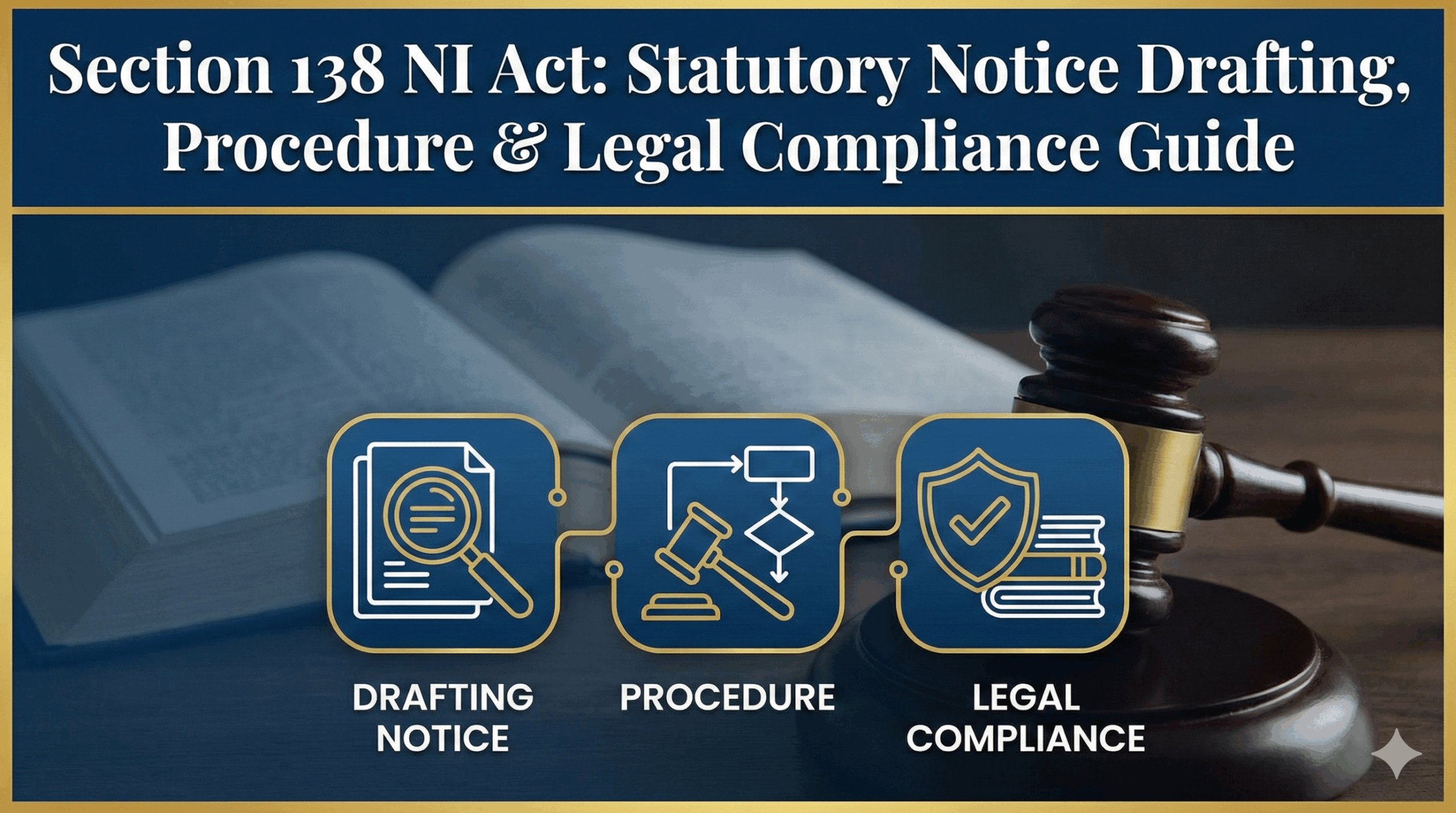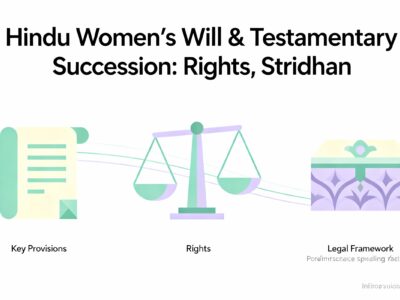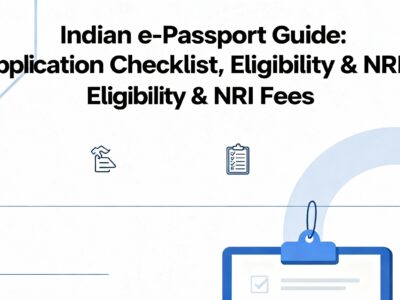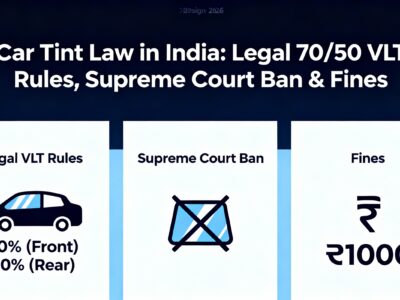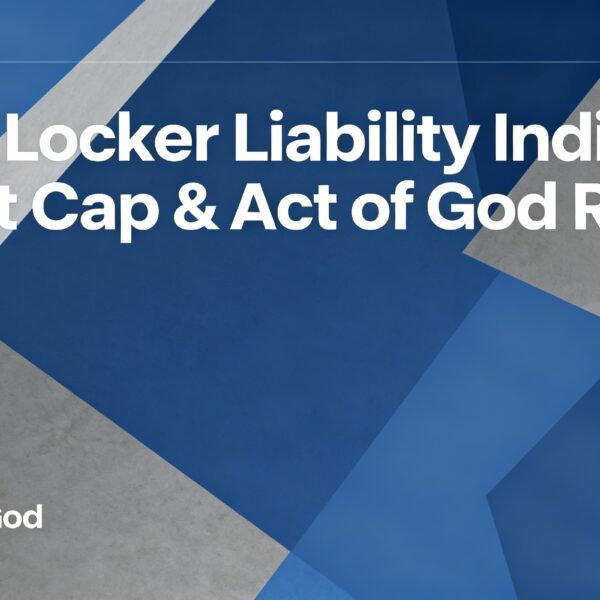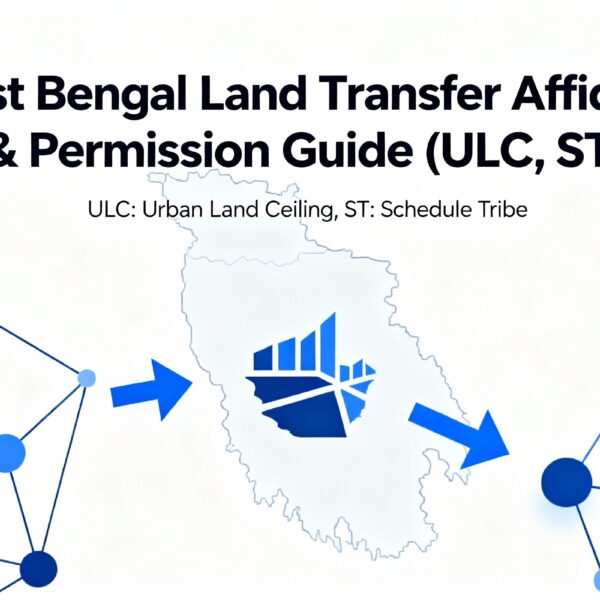A health insurance claim rejection can feel like a final blow, especially after a medical crisis. But it’s not the end of the road. Insurers often deny claims on grounds that can be successfully challenged. This comprehensive guide, created by legal experts at eVaakil.com, empowers you with the knowledge and tools—from interactive guides to ready-to-use templates—to fight back. We’ll walk you through your legal rights, the step-by-step appeals process, and the strategies to build an undeniable case to secure your rightful claim.
Health Insurance Claim Rejected?
Don't give up. A denial isn't the final word. This comprehensive guide, powered by legal experts, walks you through your rights and the exact steps to challenge the insurer's decision.
Deconstructing the Rejection
The first step is a legal autopsy of your denied claim. You must understand the insurer's exact reason, cross-reference it with your policy, and build a foundational strategy. Let's break down why claims are denied.
Why Do Insurers Deny Claims?
A significant portion of rejections stem from a few common reasons. Here's a breakdown based on industry data.
Common Rejection Reasons & Your Counterarguments
| Rejection Ground | Potential Counterargument / Action | Legal Principle |
|---|---|---|
| Non-disclosure of PED | Policy active > 5 years (Moratorium); Non-disclosure was unintentional; Current ailment is unrelated. | IRDAI Moratorium Period; Sec 45, Insurance Act |
| Claim in Waiting Period | Insurer miscalculated period; Ailment was an emergency/accident; Diagnosis misclassified. | Policy Terms; IRDAI Guidelines |
| Policy Exclusion | Insurer's interpretation is too broad; Clause is ambiguous and should favor policyholder. | Principle of Contra Proferentem |
| Delayed Intimation | Delay was due to circumstances beyond control (e.g., ICU); Delay did not prejudice the insurer. | IRDAI (Policyholders' Interests) Regulations |
| Lack of Pre-Authorization | Hospitalization was an emergency; Faced delays from insurer/TPA in getting authorization. | Policy Terms & Conditions |
| Incomplete Documentation | This is a procedural issue. Immediately submit the missing documents and re-initiate the claim. | IRDAI Claim Settlement Guidelines |
| Exhaustion of Sum Insured | Verify previous claim calculations; Check for a 'Restoration Benefit' feature in the policy. | Policy-specific benefits |
Your First Move: An Interactive Decision Tree
Claim rejected? Don't get overwhelmed. Answer these simple questions to find your immediate, strategic next step.
My claim was rejected.
What is the reason given in the rejection letter?
Action: Rectify & Resubmit
The rejection is likely due to missing documents, an incomplete form, or a clerical error. This is often a temporary issue.
Your Next Step:
Immediately contact the insurer/TPA, provide the required information, and ask them to re-process the claim. This usually resolves the issue quickly.
This is a substantive denial.
Has your policy been active for over 5 continuous years?
Action: Invoke the 5-Year Moratorium
This is your strongest legal protection. The insurer cannot reject a claim on grounds of non-disclosure after 5 years, unless they can prove fraud.
Your Next Step:
Draft a formal appeal to the insurer's Grievance Redressal Officer (GRO), explicitly citing the IRDAI's moratorium period rule.
Action: Formal Appeal to GRO
Your case depends on the specific policy terms versus the reason for rejection. You must formally challenge the insurer's decision.
Your Next Step:
Draft a detailed, evidence-based appeal to the insurer's GRO. This is the mandatory first step in the redressal process.
The Policyholder's Shield: Your Legal Rights
You are not powerless. Indian law provides a powerful shield of rights. Understanding these is crucial to building a strong case.
The 5-Year Moratorium
After 5 continuous years, an insurer cannot reject a claim for non-disclosure, except in proven cases of fraud. This is your strongest protection.
Deficiency in Service
Under the Consumer Protection Act, wrongful claim rejection is a "deficiency in service," allowing you to sue for the claim amount plus compensation.
Mandated Timelines
IRDAI mandates that insurers must settle or reject a claim within 30-45 days. Delays make them liable to pay interest on the claim amount.
Utmost Good Faith
This is a two-way street. The insurer also has a duty to act fairly, investigate impartially, and not deny claims on flimsy grounds.
The 4-Tiered Path to Justice
Follow this structured, step-by-step grievance redressal mechanism. Don't skip a step, as each level builds upon the last.
Insurer's GRO
Insurer's GRO
Your mandatory first step. File a formal written complaint with the insurer's Grievance Redressal Officer (GRO). They must respond within 15 days.
IRDAI Bima Bharosa
IRDAI Bima Bharosa
If the GRO fails, file a complaint on the IRDAI's online portal. This puts your case on the regulator's radar, applying pressure on the insurer.
Insurance Ombudsman
Insurance Ombudsman
A powerful, cost-free, and speedy quasi-judicial authority for claims up to ₹50 Lakh. Their award is binding on the insurer, but not on you.
Consumer Court
Consumer Court
The final recourse. Approach this judicial forum for high-value claims or if you're unsatisfied with the Ombudsman's award. You can claim compensation here.
Which Forum is Right for You?
| Forum | Cost | Timeframe | Claim Limit | Key Purpose |
|---|---|---|---|---|
| Insurer's GRO | Free | 15 Days | N/A | Mandatory first step; resolves procedural errors. |
| IRDAI Bima Bharosa | Free | Monitors Insurer | N/A | Applies regulatory pressure on the insurer. |
| Insurance Ombudsman | Free | 3-6 Months | Up to ₹50 Lakh | Cost-effective and speedy mediation. |
| Consumer Court | Nominal Fees | 1-3+ Years | No upper limit | Final legal recourse; can award compensation. |
Visual Guide: Your Claim Rejection Flowchart
This flowchart simplifies the entire process, giving you a clear, step-by-step visual map from the moment your claim is rejected to the final resolution.
START: CLAIM REJECTED
Receive written rejection letter from insurer.
Step 1: Appeal to GRO
Submit formal appeal to insurer's Grievance Redressal Officer. (Wait 15 days)
Is the issue resolved?
END: Claim Approved
Step 2: Escalate to IRDAI
File complaint on IRDAI's Bima Bharosa portal to bring regulatory oversight.
Step 3: Approach Ombudsman
File complaint with the Insurance Ombudsman for mediation/award. (Free & Speedy)
Are you satisfied with the Ombudsman's Award?
END: Claim Paid
(Award is binding on insurer)
Step 4: File in Consumer Court
Final legal recourse. File a formal case to seek claim amount plus compensation.
Building an Unassailable Case
Your case is only as strong as your documentation. Meticulously organize every piece of paper and digital communication. If it's not documented, it didn't happen.
Strategic Communication: The Paper Trail is Everything
Insurers operate on documented evidence, and so must you. A disciplined approach to communication can be a game-changer.
-
Confirm in Writing
After every phone call with the insurer/TPA, send a follow-up email summarizing the conversation. This creates a time-stamped record.
-
Maintain a Call Log
Keep a journal with the date, time, name of the representative, and a summary of every call. This demonstrates diligence and can reveal inconsistencies.
Your Master Document Arsenal
-
Policy Documents
Policy schedule, original proposal form, and all premium payment receipts.
-
Hospitalization & Claim Documents
Claim form, discharge summary, all original itemized bills, pharmacy bills, and investigation reports.
-
Correspondence Trail
The crucial rejection letter, all emails/letters exchanged, and a log of phone calls made.
-
Grievance Documents
Copies of your appeal to the GRO, complaints to IRDAI/Ombudsman, and postal receipts as proof of delivery.
When to Contact a Lawyer
While this guide empowers you to handle many stages of the appeal process yourself, certain situations warrant professional legal counsel. An experienced insurance lawyer can provide critical leverage and expertise.
High Claim Value
If the rejected claim amount is substantial, the financial stakes are high. A lawyer ensures your case is presented with the utmost rigor.
Complex Issues
When the rejection involves ambiguous policy clauses or complex medical arguments, a lawyer can effectively counter the insurer's expert interpretation.
Allegation of Fraud
If the insurer accuses you of fraud, it's a serious charge. Legal representation is essential to protect your rights and reputation.
Insurer is Unresponsive
If the insurer is stonewalling or not responding within the mandated timelines, a formal legal notice from a lawyer often compels a response.
Going to Consumer Court
While you can represent yourself, the Consumer Court involves formal legal procedures. A lawyer can draft a robust complaint and represent you effectively.
Unsatisfactory Award
If you are not satisfied with the Ombudsman's decision, a lawyer can advise on the merits of appealing the case to the Consumer Court.
Your First Appeal: A Ready-to-Use Template
Use this template to draft your formal appeal to the insurer's Grievance Redressal Officer (GRO). Fill in the bracketed information, attach your documents, and send it via email and Registered Post.
To,
The Grievance Redressal Officer,
[Name of Insurance Company],
[Full Address of Insurance Company].
Subject: Appeal Against Wrongful Rejection of Health Insurance Claim
Policy Number: [Your Health Insurance Policy Number]
Claim Number: [Your Claim Number, if any]
Policyholder Name: [Name of Primary Policyholder]
Patient Name: [Name of the Patient]
Dear Sir/Madam,
I am writing to formally appeal the rejection of my health insurance claim, as communicated in your letter dated [Date of Rejection Letter], with reference number [Reference Number from Letter]. I am the policyholder of the above-mentioned policy, which is currently active.
My [Relation to Patient, e.g., son, self], Mr./Ms. [Patient Name], was hospitalized at [Hospital Name] from [Date of Admission] to [Date of Discharge] for the treatment of [Medical Condition/Diagnosis]. The total expenses incurred were ₹[Total Claim Amount].
Your rejection letter states the reason for denial as "[Exact Reason for Rejection as mentioned in the letter]". I believe this decision is unjustified and contrary to the terms of my policy and prevailing IRDAI regulations for the following reasons:
1. [First Point of Your Argument. E.g., "Regarding the non-disclosure of a Pre-existing Disease, I would like to state that my policy has been continuously active since [Policy Start Date], for a period of over five years. Therefore, as per IRDAI's moratorium period guidelines, the claim cannot be repudiated on grounds of non-disclosure."]
2. [Second Point of Your Argument. E.g., "The rejection letter cites policy exclusion clause X. However, a plain reading of this clause shows it applies to [Explain what the clause applies to], whereas the patient's diagnosis, as detailed in the enclosed discharge summary, is for [Patient's Diagnosis], which is a distinct and covered medical condition."]
3. [Add further points as necessary, addressing each reason for rejection with factual, evidence-based counterarguments.]
To support my appeal, I am enclosing the following documents:
* Copy of your claim rejection letter dated [Date]
* Copy of the Hospital Discharge Summary
* Copy of the final itemized hospital bill
* [List any other key documents you are attaching, e.g., specific medical reports, copy of policy clause]
Given the above, I request you to urgently review your decision and approve the full claim amount of ₹[Total Claim Amount]. As per IRDAI regulations, I expect a written response to this grievance within 15 days.
Thank you for your prompt attention to this matter.
Sincerely,
[Your Name]
[Your Address]
[Your Mobile Number]
[Your Email Address]
Proactive Measures & Prevention
The best way to win a claim dispute is to prevent it. An informed and proactive approach can significantly reduce the risk of future denials.
Best Practices for a Smooth Claims Experience
At the Time of Purchase
-
Declare Everything
Provide complete and accurate information in the proposal form. Honesty about pre-existing diseases is your best defense.
-
Read the Fine Print
Scrutinize waiting periods, exclusions, and sub-limits for room rent. What you don't know can hurt your claim.
During the Policy Term
-
Pay Premiums on Time
Ensure your policy never lapses. Set reminders or use auto-debit to pay renewals within the grace period.
-
Know Your Network
For cashless treatment, be aware of your insurer's network hospitals. Check the updated list before any planned hospitalization.
Key Strategic Takeaways
- 1. Diagnose First: Calmly analyze the rejection letter to understand the exact reason for denial.
- 2. Build Your Arsenal: Immediately compile all documents. A complete, organized file is your foundation.
- 3. Escalate Systematically: Follow the 4-tiered path: GRO -> IRDAI -> Ombudsman -> Consumer Court. Don't skip steps.
- 4. Leverage Your Rights: Anchor your arguments in IRDAI regulations, especially the 5-year moratorium period for older policies.


